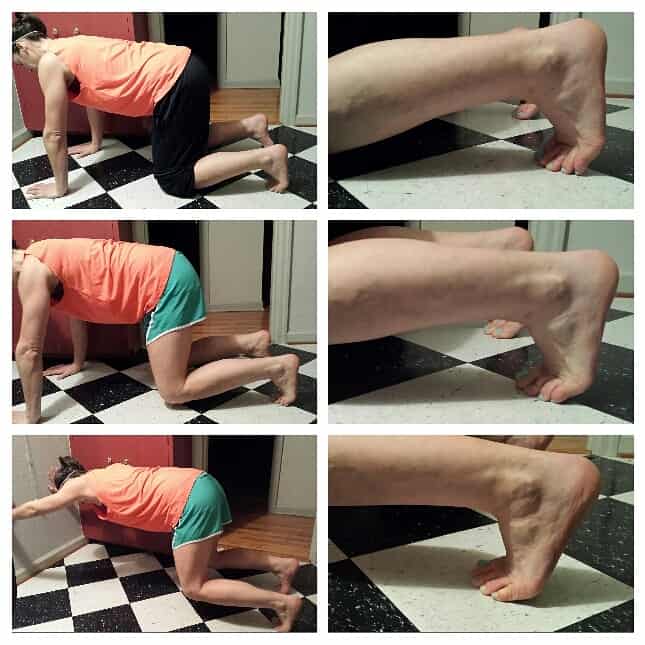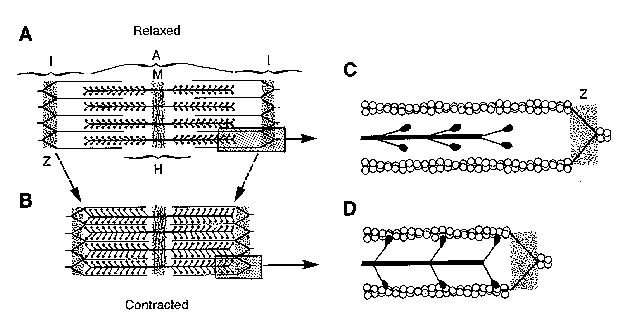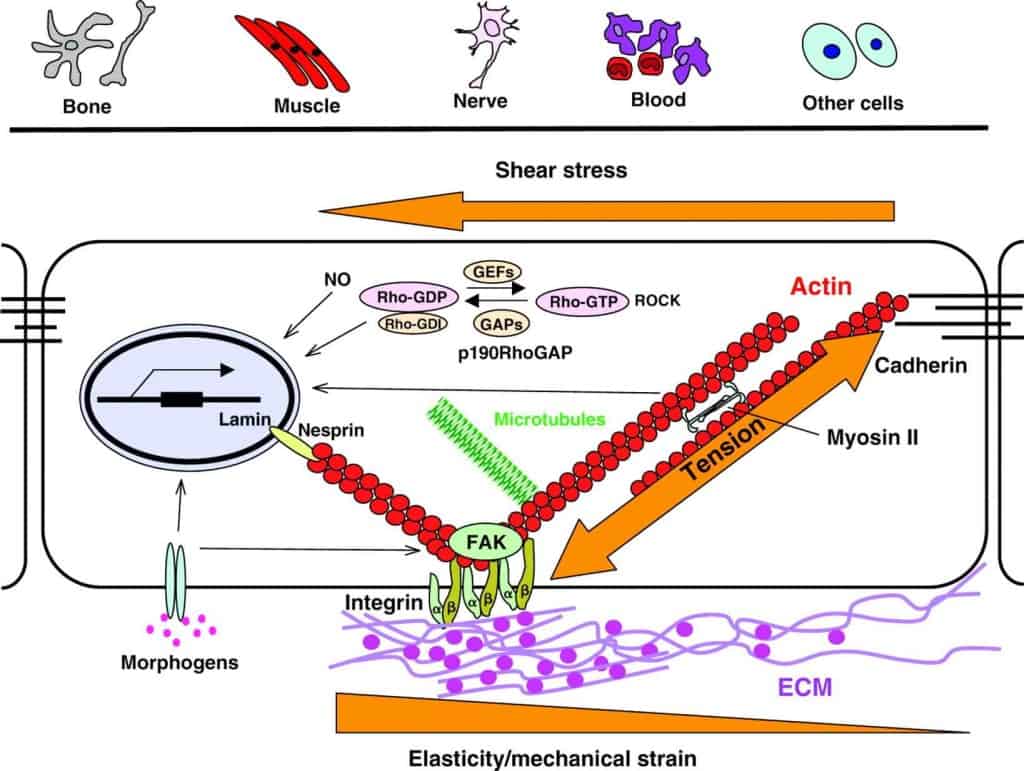
Vectors and Variability
If you’re stuck in a movement plateau, changing the direction in which you impart force into a joint will often translate into greater mobility. The body reacts in function what is demanded of it by stress. Andreo Spina describes this in Functional Range Conditioning as, “Force is the language of cells, and movement is what we say.” The body gets ‘stuck’ when tissues don’t have enough (or the “right”) stimulus input to translate into a desired output. Other than simply cramming more load into a particular plane, adjusting the vector in which you’re imparting force alters the demand and mechanical response, providing an opportunity for improvement.
Let’s take the toes, for example:
Holding quadraped position (top pic) will often neglect the 4th and 5th metatarsals. In taking the knees off the ground when lifting into a hover position (mid pic), more weight gets placed upon the foot. The pinky and ‘ring’ toes respond with a bit more extension. Vertical force only asks so much from the foot and toes, however, and this improvement still lacks full utility. Adding a horizontal component by pressing against a wall (bottom pic) shifts the line of the load to further pull the toes into extension. The loss of the extra base of support against gravity (the arms) exacerbates the shift and requires more reciprocal work by the feet. As the heel drops back the toes counter by increasing their grip on the ground.
Some recent understandings to consider:
-
Cells react to mechanical input far before chemical input
Cytoskeletons both within and outside of cell are connected to every other cell. Mechanoreceptors are far more responsive/ efficient than chemoreceptors.
2. Actin and myosin slide and separate at multiple angles
The old way of thinking/ describing muscular contractions included one directional overlapping:
The new way of thinking/ describing muscular contractions is one of multi-directional tensegrity, or tensional integrity:
3. Connective tissue is made of cellular continuity
Tendons, ligaments, fascia, and muscles are all made of the same “stuff”, just with a different expression. The fibroblast parent cells lay down specific tissues as dictated by repetitive demands of stress. This is the same way we dictate tightness — asking a small amount of tissue to solidify itself with a narrow, consistent movement pattern. (We can essentially ‘make ligaments’ this way!)
In theory, then, vector change provides a simple, novel stimulus to increase movement variability.
Movement variability is imperative to keeping joints and tissues moving. Even the best movers never use the same firing pattern for the same task. There is always an interpretation that must take place. Whether it’s of the organism (fatigue, stability, grip, etc.) or the environment (light, surface, temperature, etc.), a decision has to be made by the brain. It must decipher how best to perform a particular task given its current perception of the situation. Movement variability leads to a larger pool of interpretations by which the motor system can create the most efficient pathway to an optimal rep. New research into this idea has all but shattered the traditional concept of “muscle memory”. Constant change makes ‘joints work nice’, not repetitive practice of same motion.
I found this hip opener, for instance, by playing around with a sled:
There’s quite a dramatic difference from the opening butterfly (seated external hip rotation) to the one combined with the drag. Like anything, if the theory makes enough sense, try it. Your body is your lab, and you have every right to experiment with it. Many of the most interesting findings come from curious play.
TO REVIEW:
- Changing the direction of force can give instant mobility (and strength/ muscle recruitment) improvement
- Cells react mechanically and at a multitude of angles
- All connective tissue is made of the same ‘stuff’
- There are no adhesives in the body separating/defining ligaments and tendons from muscle and fascia
- Movement variability is key to creating a consistently positive outcome
- Vector change and movement variability are both components of play





